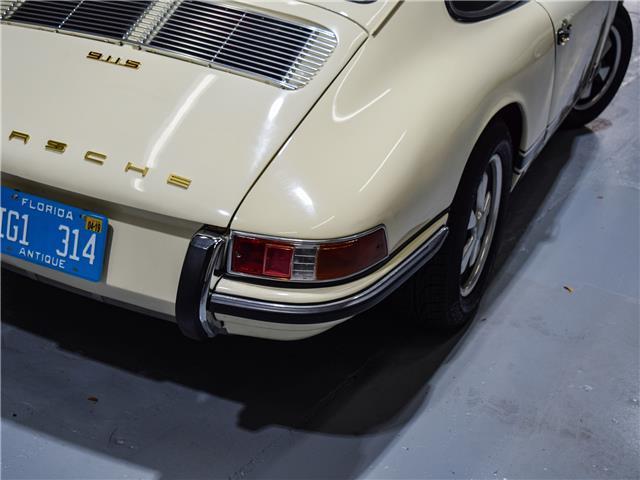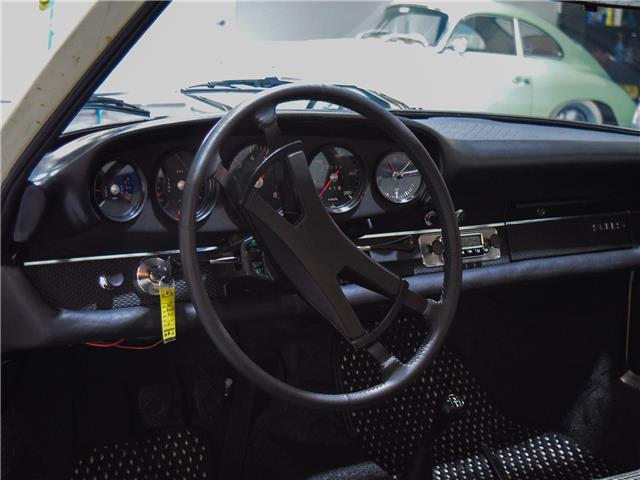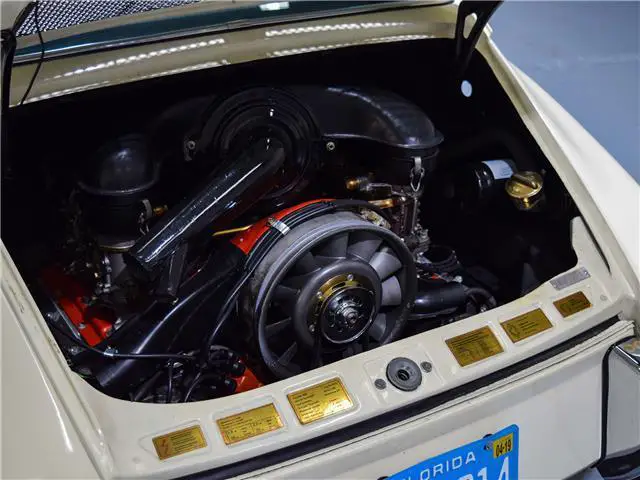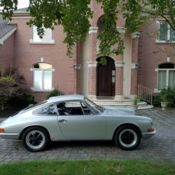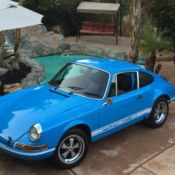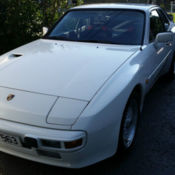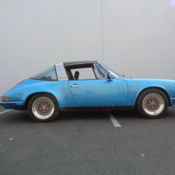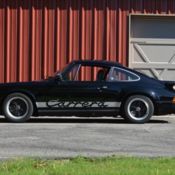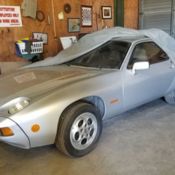|
When Porsche rolled out its 1968 model line, it faced a daunting problem: new U.S. safety and emission standards. The “S” engine from 1967 was a high-performance motor in all respects. With high-compression forged alloy pistons, forged and nitrided connecting rods, large valves, and big Weber triple-throat carburetors, it produced a healthy 160 horsepower. Porsche soon realized that this motor would probably not comply with the new U.S. emissions standards without additional development. Careful tuning would eventually resolve that problem,... but Porsche did not have time to establish those procedures in time to allow delivery of the new 911 S to its most important market and could not risk shipping new cars that it could not legally sell.Management decided to restrict the 1968 “S,” identical to the 1967 version, to Europe and instead offer American customers the one-year-only 911 L, with an air pump-equipped engine producing a lesser 130 brake horsepower. Over time, a small number of European-spec 1968 S coupes and Targas have been imported to the U.S., where they enjoy special recognition.160 bhp, 1,991 cc SOHC air-cooled horizontally opposed q-cylinder engine with dual Weber downdraft triple-throat carburetors, five-speed manual transmission, independent front and rear suspension, and four-wheel disc brakes. Wheelbase: 87 in.
|
 Home
Home Contact us
Contact us NEWEST CARS
NEWEST CARS SELL YOUR CAR
SELL YOUR CAR FAQ
FAQ


